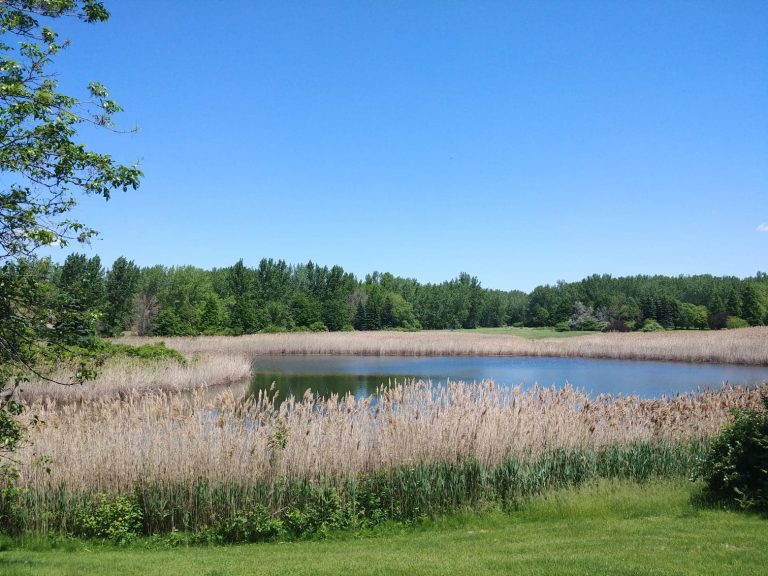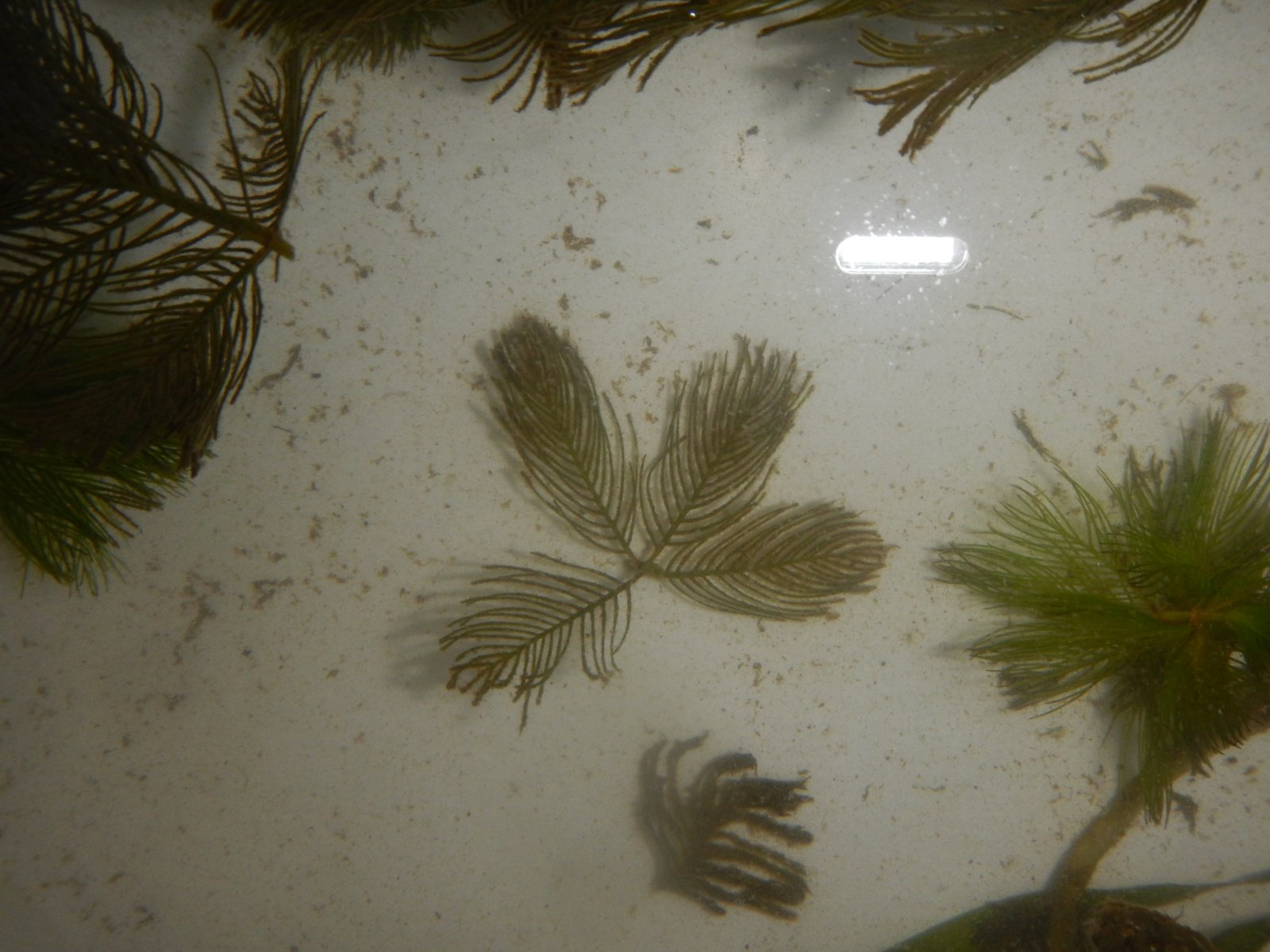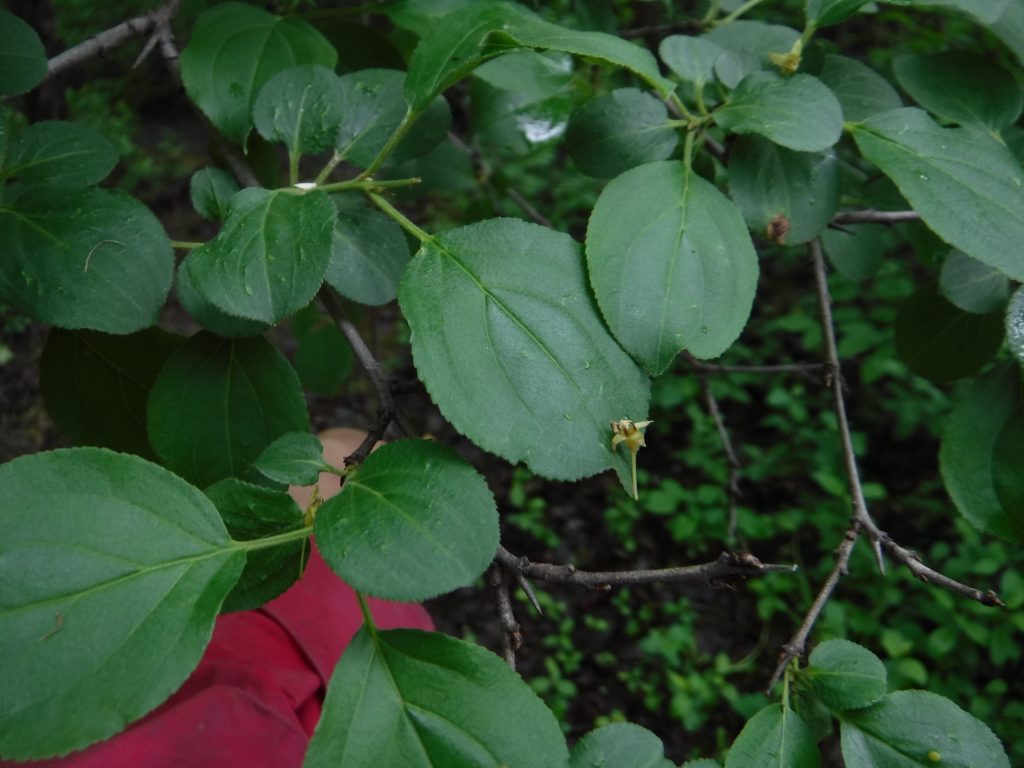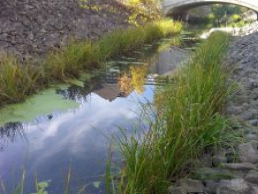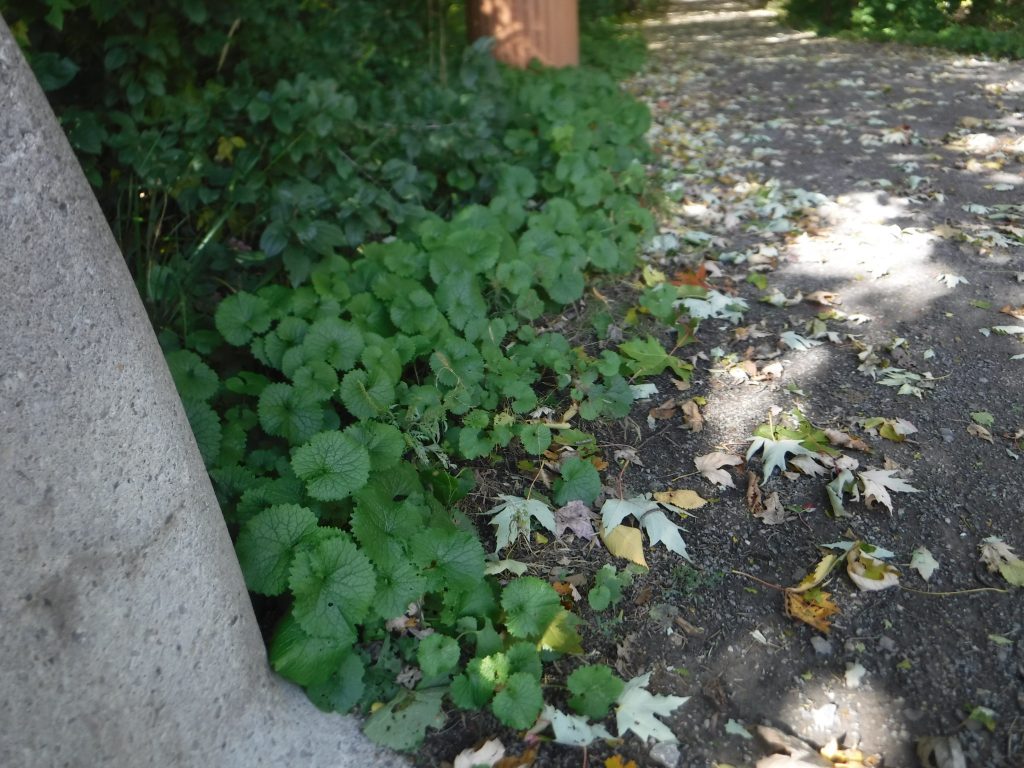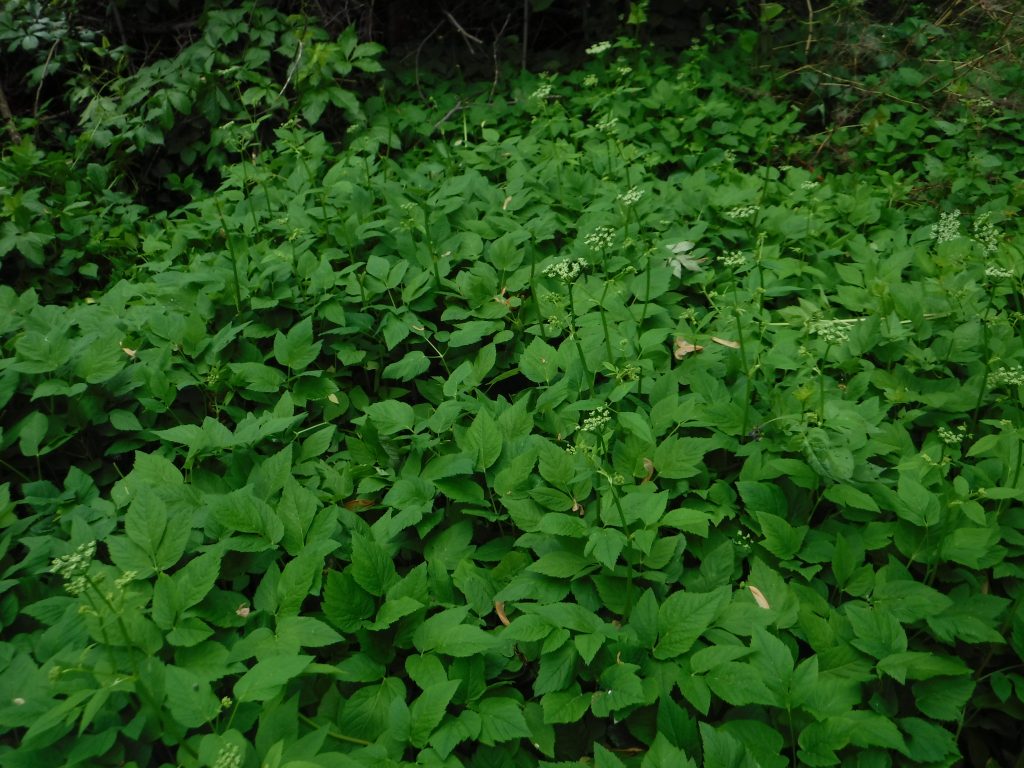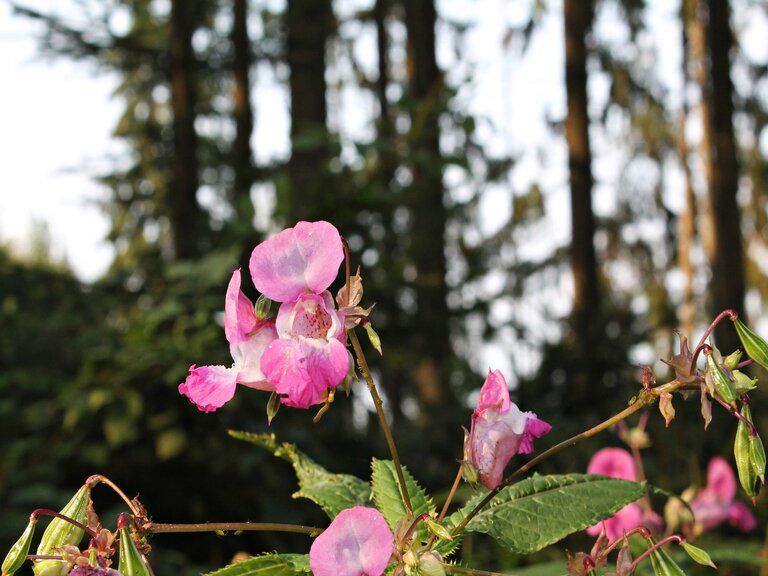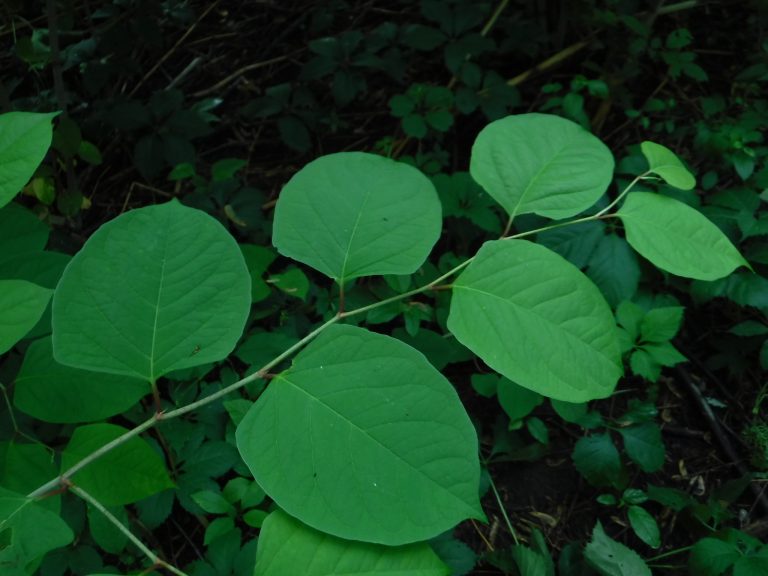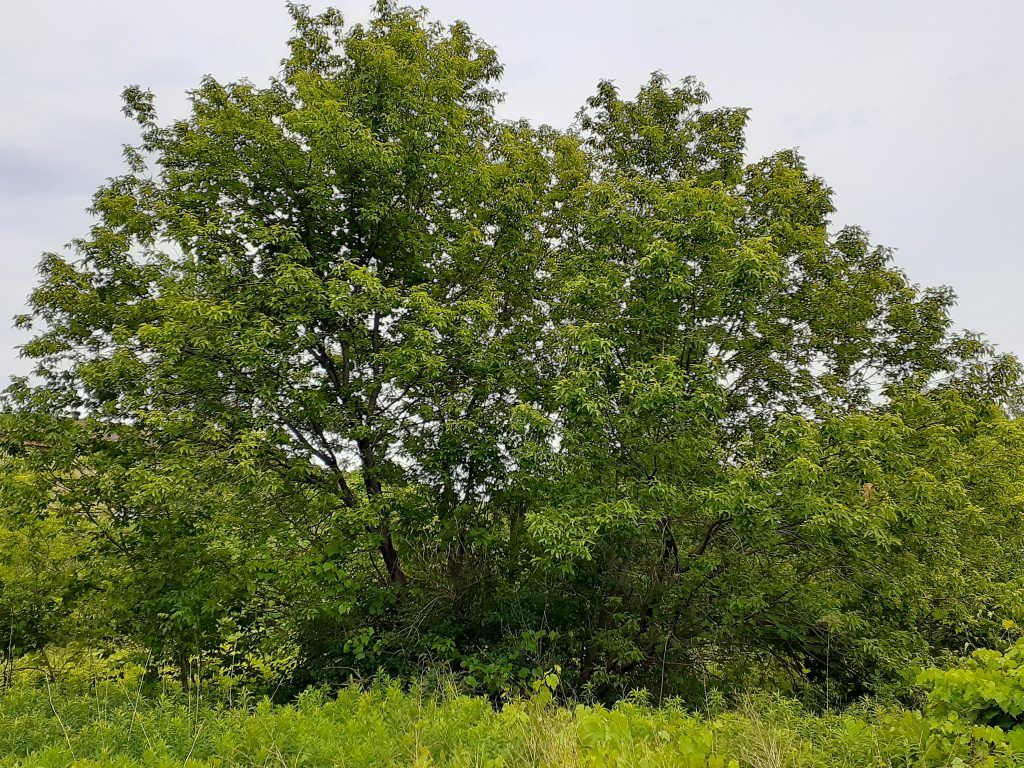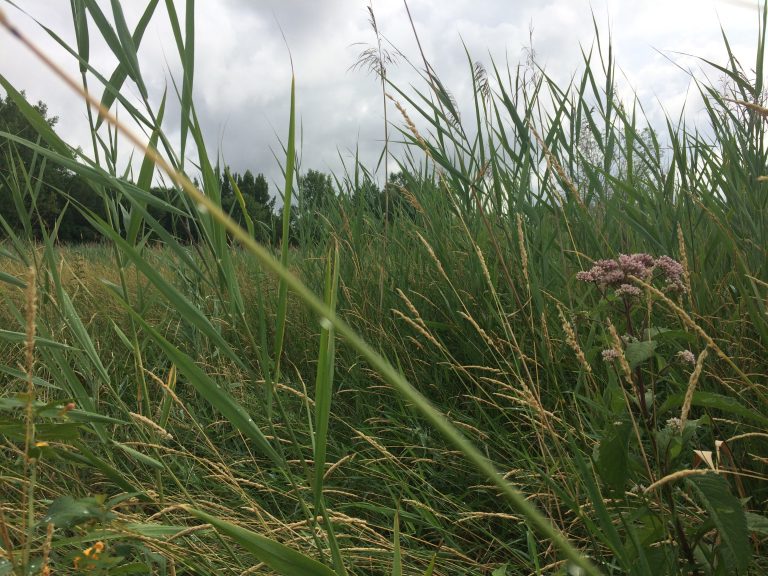
As part of the project « Ensemble, on contrôle! », CRE de Laval is monitoring and regulating invasive exotic species on two sites: the Totem pathway and the marsh area of the Laval graveyard. These plants, often from Europe, invade a extensive territory in natural environments at the expense of indigenous species as well as biodiversity, therefore creating singlespecies habitats and offering a poor food variety for the fauna. The targeted plant, as a first project, is the common reed (Phragmites australis).
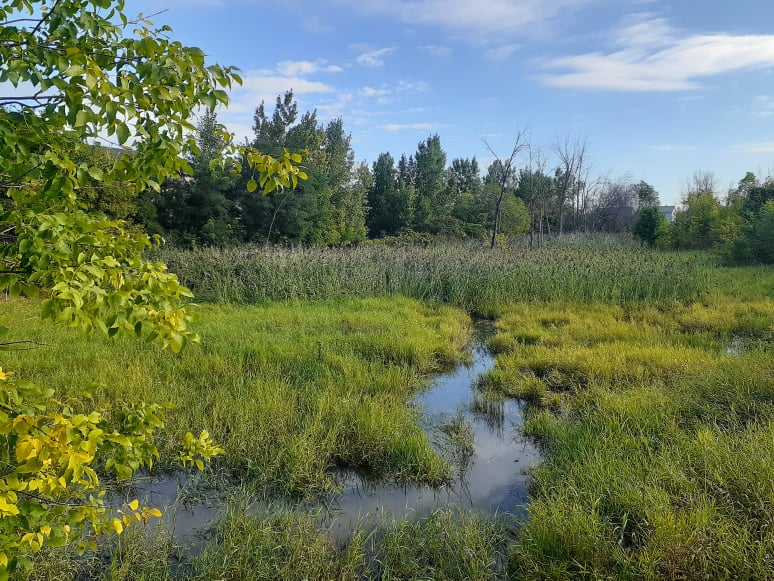
Common reed (Phragmites australis).
Invasive exotic species are plants or animals that are not native to their environment, therefore qualified as exotic. They were either introduced or have migrated. The moving and colonization of new ecological niches is a natural process which is a key component of species adaptation and evolution. However, migration and species introduction is greatly enhanced nowadays and is a massive threat to biodiversity.
Invasive species overly thrive in their new environment due to their competitivity and the absence of predators. Some new environments are so favourable that the reproduction rate of these species become exponential and uncontrollable. Native species compete with species which are either more tolerant, more aggressive and either have few of no predators at all.
Invasive species are therefore not just weeds that are aesthetically unpleasant and reduce crop productivity. They also spread out fast and sometimes completely colonize natural environments. They then alter habitat functions by changing the vegetation composition and structure, which changes the reproductive, feeding, resting and nesting characteristics, which can lead to habitat loss for other species. Some native species are completely eradicated from natural areas colonized by invasive and exotic species which again, threatens biodiversity, and increases the vulnerability of species with conservation statuses. It is believed that invasive species colonization is one of the main causes of species extinction on Earth.
Invasive species are an ecological but also economical threat because they can alter forest productivity, stand composition and deteriorate the tourist attractiveness of certain landscapes. Worldwide, nations are starting to understand the importance of this threat and initiate eradication and control measures. The province of Quebec is no exception.
The Quebec center on invasive species (Centre québécois sur les espèces exotiques envahissantes - CQEEE) was founded in 2011 by a coalition of scientists and community organizations. The goal is to better equip decision makers with relevant information and enhance public awareness on invasive and exotic species. The creation of this organization is part of the Government of Canada’s national strategy on exotic and invasive species launched in 2004.
The Government of Quebec has launched an interactive web platform open to the public, called Sentinelle. It allows anyone to track the presence of invasive species and population progressions in any location. Everyone is also invited to report invasive species observations by submitting pictures and concise information about the location, the abundance and the colonized surface area.
As of 2019, CRE de Laval feeds this platform by submitting observations made in the field, all around Laval. We strongly encourage all citizens to learn more about these species and to share their observations through Sentinelle because all the data collected is extremely important in order to optimize eradication plans and increase their efficiency.
Sources
Invasive alien species strategy– Government of Canada
Sentinelle – Gouvernement du Québec (in French)
Le Conseil québécois des espèces exotiques envahissantes (in French)


